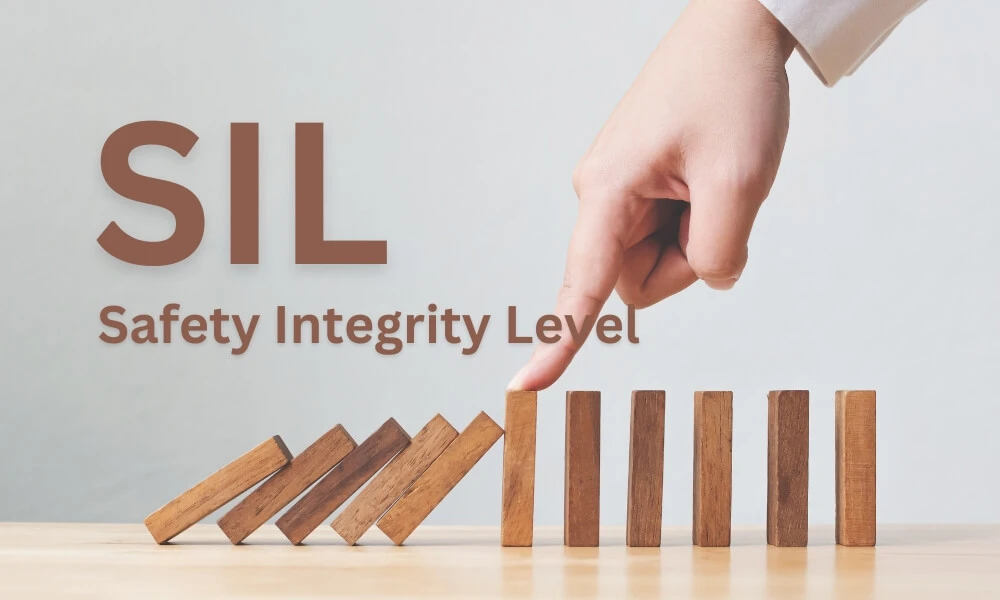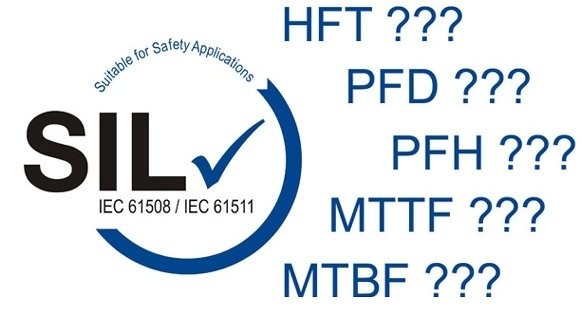SIL Assessment
SIL Assessment is also termed as SIL Classification, SIL Determination or SIL Assignment. It is vital to Oil & Gas, Refineries, Petrochemicals, and Chemicals industries. The Safety Integrity Level (SIL) is a quantitative measure of the risk reduction required for a safety instrumented function (SIF) within a hazardous process. It essentially acts as a grading system for safety systems, ranging from SIL 1 (lowest risk reduction) to SIL 4 (highest). By assigning the appropriate SIL level to each SIF based on the potential severity and likelihood of a hazard, we can ensure that the safety systems have the right level of reliability and robustness to effectively prevent or mitigate dangerous situations, promoting a safer operational environment.
Our expert team helps clients defining the desired Safety Integrity Level by conducting comprehensive assessments, evaluating potential risks, and recommending appropriate risk reduction measures. We utilize Risk Graph or LOPA method for SIL Assessment based on Customer’s requirement.


SIL Verification
Safety Integrity Level (SIL) Verification is a method of calculating the average probability of failure on demand (PFDavg), Architectural Constraints and Systematic Capability for a Safety Instrumented Function (SIF) design to verify whether the Safety Instrumented System (SIS) meets the proposed Safety Integrity Level.
SIL Verification is performed during the design and engineering phase of the SIS after SIL Assessment exercise has been conducted. SIL verification is a requirement of international standards such as IEC 61508 and IEC 61511.
Our Functional Safety Professionals are certified and have extensive experience of carrying out SIL Verification studies to address random hardware failures and minimum architecture in terms of hardware fault tolerance (HFT) for the SIFs under consideration as per the requirements specified in IEC 61508 / IEC 61511.

